Home>Furniture & Design>Outdoor Furniture>Why Is My Outdoor Sensor Light Blinking
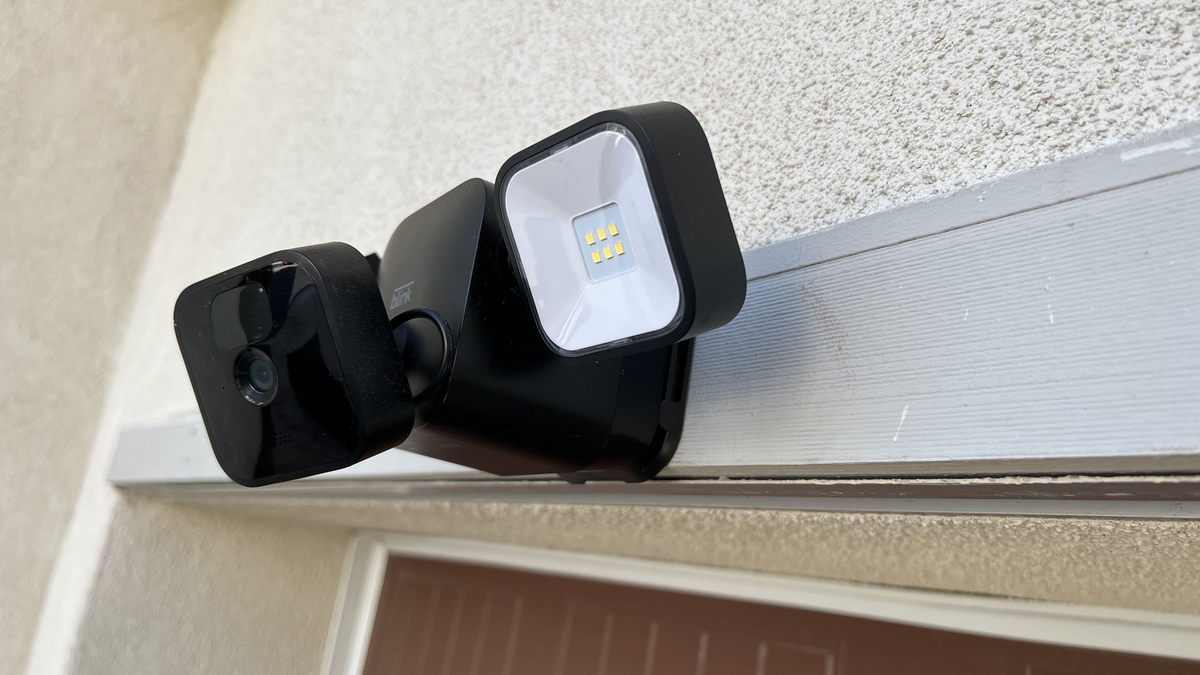

Outdoor Furniture
Why Is My Outdoor Sensor Light Blinking
Published: January 13, 2024
Discover why your outdoor sensor light is blinking and how to troubleshoot it. Get expert tips on maintaining your outdoor furniture and design.
(Many of the links in this article redirect to a specific reviewed product. Your purchase of these products through affiliate links helps to generate commission for Storables.com, at no extra cost. Learn more)
Introduction
Outdoor sensor lights are a vital component of any home's security system. They provide illumination and act as a deterrent to potential intruders, enhancing the safety and protection of your property. However, encountering issues with your outdoor sensor light, such as unexplained blinking, can be concerning. Understanding the reasons behind this behavior and learning how to address it is crucial for maintaining the functionality and effectiveness of your outdoor lighting system.
In this article, we will delve into the common causes of outdoor sensor lights blinking and provide valuable insights into troubleshooting steps. By gaining a deeper understanding of these issues, you can effectively address any blinking concerns and ensure that your outdoor sensor lights operate optimally, providing the security and peace of mind you depend on.
Let's explore the intricacies of outdoor sensor lights, unravel the potential reasons for blinking, and equip you with the knowledge to resolve these issues confidently. Whether you're a seasoned homeowner or a novice in the realm of outdoor lighting, this comprehensive guide will empower you to tackle blinking sensor light problems with ease.
Key Takeaways:
- Keep your outdoor sensor lights functioning optimally by addressing blinking issues caused by environmental factors, power interruptions, obstructions, sensor settings, and component degradation through targeted troubleshooting steps.
- Gain confidence in maintaining your outdoor sensor lights by understanding the common reasons for blinking and implementing systematic troubleshooting measures to restore their optimal functionality and enhance home security.
Read more: Why Are My Outdoor Lights Blinking
Understanding Outdoor Sensor Lights
Outdoor sensor lights, also known as motion-activated lights, are designed to detect movement within their vicinity and illuminate the surrounding area. These lights are equipped with motion sensors that can detect infrared energy, such as body heat, emitted by humans and animals. When motion is detected, the sensor triggers the light to turn on, providing visibility and enhancing security.
The primary components of an outdoor sensor light include the motion sensor itself, the light fixture, and the power source. The motion sensor is a pivotal element, as it is responsible for detecting movement and initiating the lighting response. Many outdoor sensor lights feature adjustable settings, allowing users to customize the sensitivity and duration of the light activation.
It’s important to note that outdoor sensor lights can operate using various technologies, including passive infrared (PIR) sensors, microwave sensors, and dual-technology sensors that combine multiple detection methods. Each type of sensor has its unique characteristics and may respond differently to environmental factors, contributing to the diverse behaviors exhibited by outdoor sensor lights.
Furthermore, the placement of outdoor sensor lights plays a significant role in their functionality. Proper positioning is essential to ensure that the motion sensor can effectively detect movement while minimizing false triggers caused by environmental elements such as foliage, wildlife, or passing vehicles. Additionally, factors such as ambient temperature and the presence of reflective surfaces can impact the performance of outdoor sensor lights, influencing their propensity to blink unexpectedly.
By understanding the fundamental principles of outdoor sensor lights and the factors that influence their operation, homeowners can gain valuable insights into the potential causes of blinking and take proactive measures to address these issues effectively.
Common Reasons for Blinking
When outdoor sensor lights exhibit blinking behavior, it can stem from various underlying reasons. Understanding these common causes is essential for identifying the source of the issue and implementing targeted solutions. Here are some prevalent reasons why outdoor sensor lights may blink unexpectedly:
- Environmental Factors: Changes in environmental conditions, such as extreme temperatures, precipitation, or strong winds, can impact the performance of outdoor sensor lights. Moisture accumulation, condensation, or the presence of insects or small animals near the sensor can lead to erratic behavior, including blinking.
- Power Interruptions: Fluctuations in the power supply, electrical surges, or momentary outages can disrupt the normal operation of outdoor sensor lights, causing them to blink intermittently. Issues with the electrical wiring or connections can also contribute to this problem.
- Obstructions and Interference: Objects obstructing the sensor’s field of view, such as overgrown vegetation or debris, can interfere with the motion detection process, leading to blinking or false activations. Similarly, radio frequency interference from nearby electronic devices or other sources can affect the sensor’s performance.
- Sensor Sensitivity Settings: Improper calibration of the sensor’s sensitivity and range settings may result in erratic behavior, including frequent blinking or inadequate responsiveness to motion. Adjusting these settings to align with the specific requirements of the installation environment is crucial for optimal performance.
- Component Degradation: Over time, components within the outdoor sensor light, such as the motion sensor or the light bulb, may experience wear and degradation, impacting their reliability. Degraded components can lead to erratic behavior, including blinking or inconsistent illumination.
By recognizing these common reasons for blinking in outdoor sensor lights, homeowners can gain valuable insights into the potential factors contributing to the issue. This understanding serves as a foundation for implementing targeted troubleshooting steps to address the blinking behavior effectively.
Check the sensor for any obstructions or debris that may be causing the blinking. Also, make sure the light is not being triggered by nearby objects or animals. If the issue persists, consider replacing the sensor or contacting a professional for further assistance.
Troubleshooting Steps
When faced with blinking outdoor sensor lights, employing systematic troubleshooting steps can help identify and resolve the underlying issues. By following these targeted measures, homeowners can effectively address the blinking behavior and restore the optimal functionality of their outdoor lighting system. Here are key troubleshooting steps to consider:
- Inspect and Clean the Sensor Area: Begin by examining the sensor area for any obstructions, such as foliage, cobwebs, or debris, that may impede its operation. Clear any obstructions and clean the sensor lens to ensure unobstructed motion detection.
- Adjust Sensor Settings: Review the sensitivity and range settings of the motion sensor, ensuring that they are appropriately configured for the installation environment. Fine-tune these settings to minimize false triggers and optimize motion detection performance.
- Check Power Supply and Wiring: Verify the integrity of the power supply and inspect the electrical wiring connecting the outdoor sensor light. Address any loose connections, damaged wiring, or electrical issues that may be contributing to the blinking problem.
- Address Environmental Factors: Mitigate the impact of environmental factors by sealing any potential entry points for moisture, ensuring proper weatherproofing, and addressing issues related to excessive condensation or insect intrusion near the sensor.
- Replace or Upgrade Components: If the blinking persists, consider replacing the light bulb with a new, compatible one and, if necessary, the motion sensor itself. Upgrading to advanced, weather-resistant components may enhance the long-term reliability of the outdoor sensor light.
- Reset and Reconfigure: Some outdoor sensor lights may benefit from a complete reset to default settings, followed by reconfiguration based on the manufacturer’s guidelines. This can help eliminate any erratic behavior resulting from software glitches or calibration issues.
By systematically implementing these troubleshooting steps, homeowners can methodically address the blinking behavior exhibited by outdoor sensor lights. It is important to exercise caution and refer to the manufacturer’s instructions and safety guidelines when performing maintenance or component replacements to ensure the proper functioning and safety of the outdoor lighting system.
Conclusion
As integral components of home security and outdoor illumination, outdoor sensor lights play a crucial role in enhancing safety and providing peace of mind. When confronted with the disconcerting issue of blinking sensor lights, understanding the underlying causes and implementing targeted solutions is essential for restoring their optimal functionality.
By delving into the intricacies of outdoor sensor lights and recognizing the common reasons for blinking, homeowners can navigate the troubleshooting process with confidence and precision. Environmental factors, power interruptions, obstructions, sensor settings, and component degradation are among the key factors that can contribute to blinking behavior, necessitating proactive measures to address these issues effectively.
Through systematic troubleshooting steps, including sensor area inspection, adjustment of sensor settings, power supply and wiring checks, environmental mitigation, component replacement or upgrades, and potential reset and reconfiguration, homeowners can methodically identify and resolve the underlying issues impacting their outdoor sensor lights.
Ultimately, by gaining a deeper understanding of outdoor sensor lights and the factors influencing their operation, homeowners can maintain the reliability and effectiveness of their outdoor lighting systems. Regular maintenance, periodic inspections, and proactive troubleshooting efforts can contribute to the sustained performance and longevity of outdoor sensor lights, ensuring that they continue to fulfill their vital roles in safeguarding properties and illuminating outdoor spaces.
Armed with the knowledge and insights provided in this comprehensive guide, homeowners can confidently address blinking sensor light concerns, bolstering the security and functionality of their outdoor lighting systems and fostering a greater sense of safety within their residential environments.
By proactively engaging with the maintenance and optimization of outdoor sensor lights, homeowners can harness the full potential of these essential components, reaping the benefits of enhanced security, visibility, and peace of mind in their outdoor spaces.
Frequently Asked Questions about Why Is My Outdoor Sensor Light Blinking
Was this page helpful?
At Storables.com, we guarantee accurate and reliable information. Our content, validated by Expert Board Contributors, is crafted following stringent Editorial Policies. We're committed to providing you with well-researched, expert-backed insights for all your informational needs.

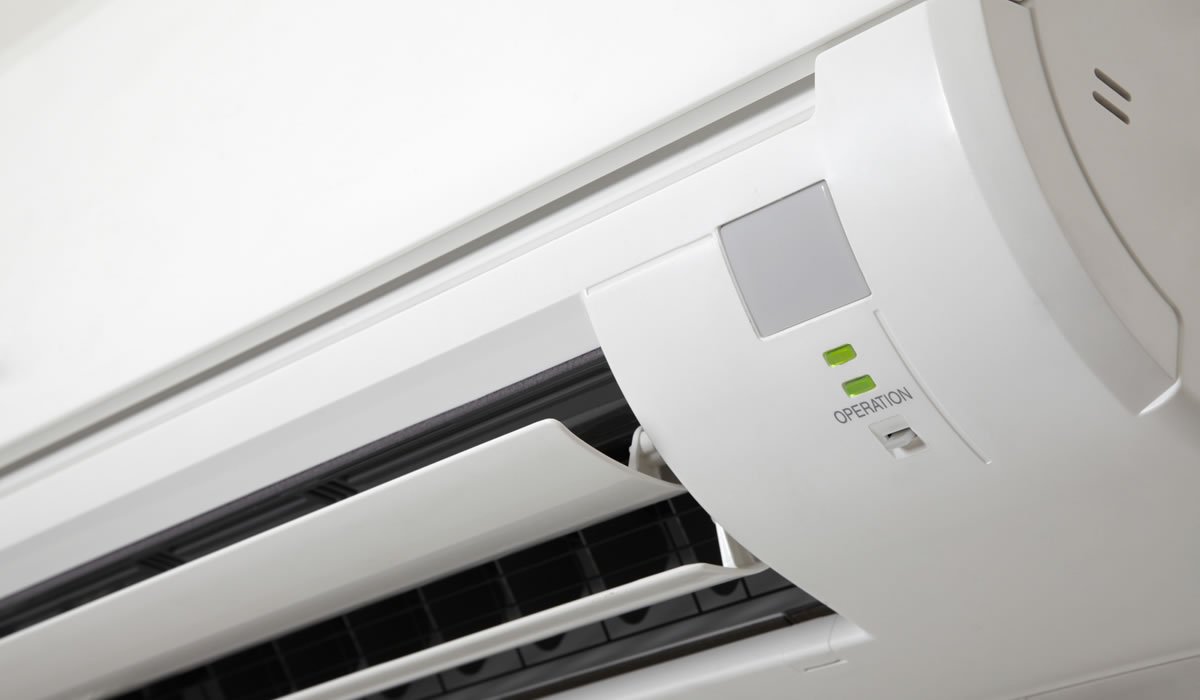
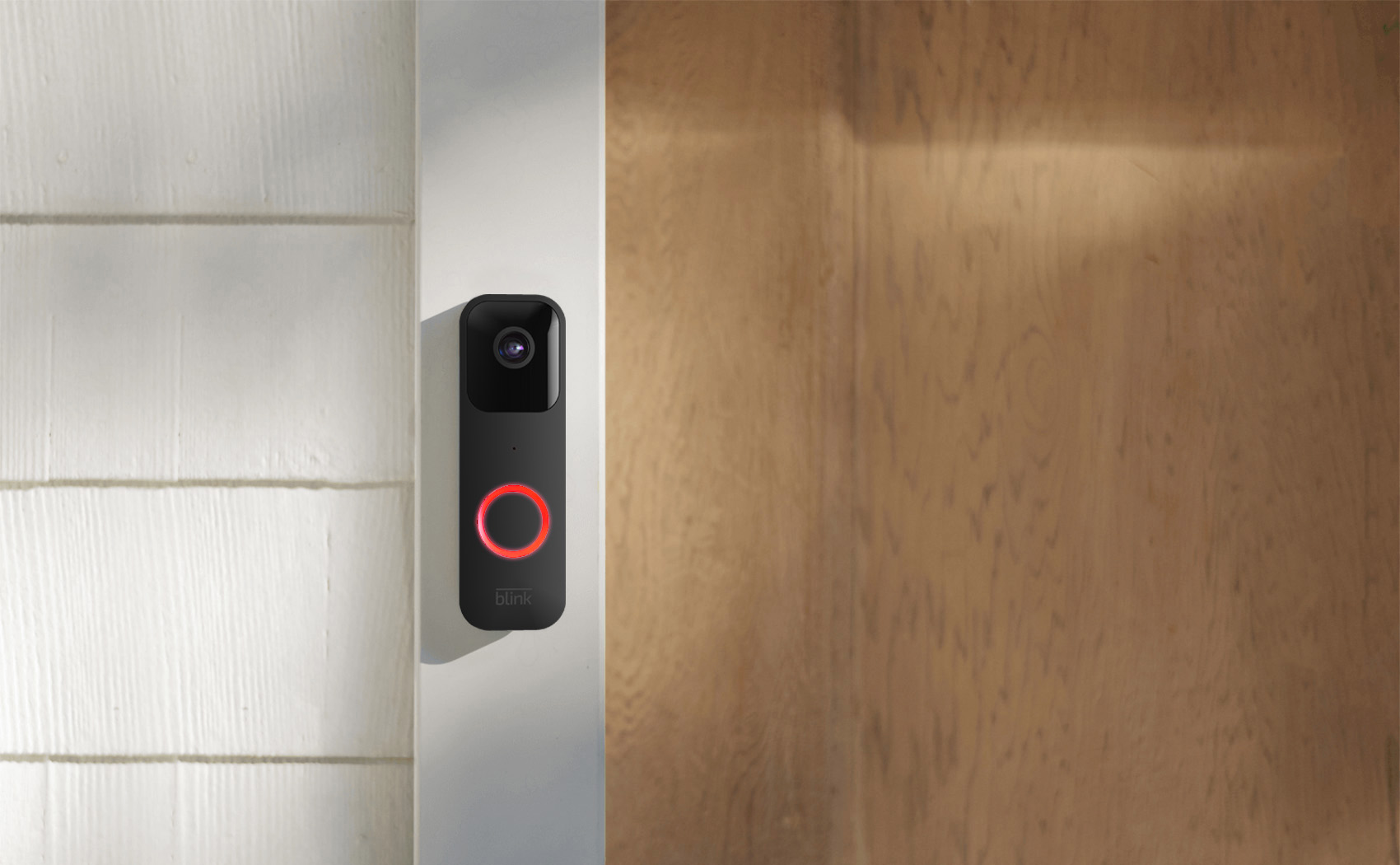

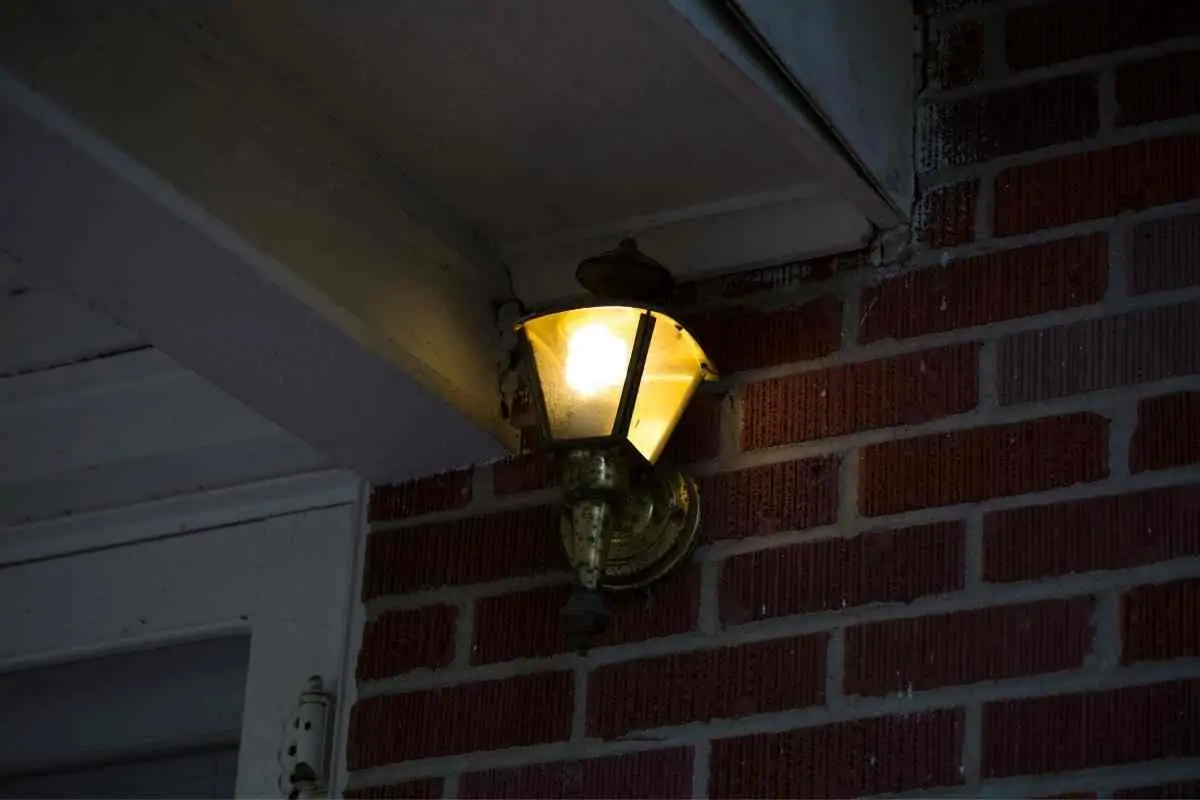
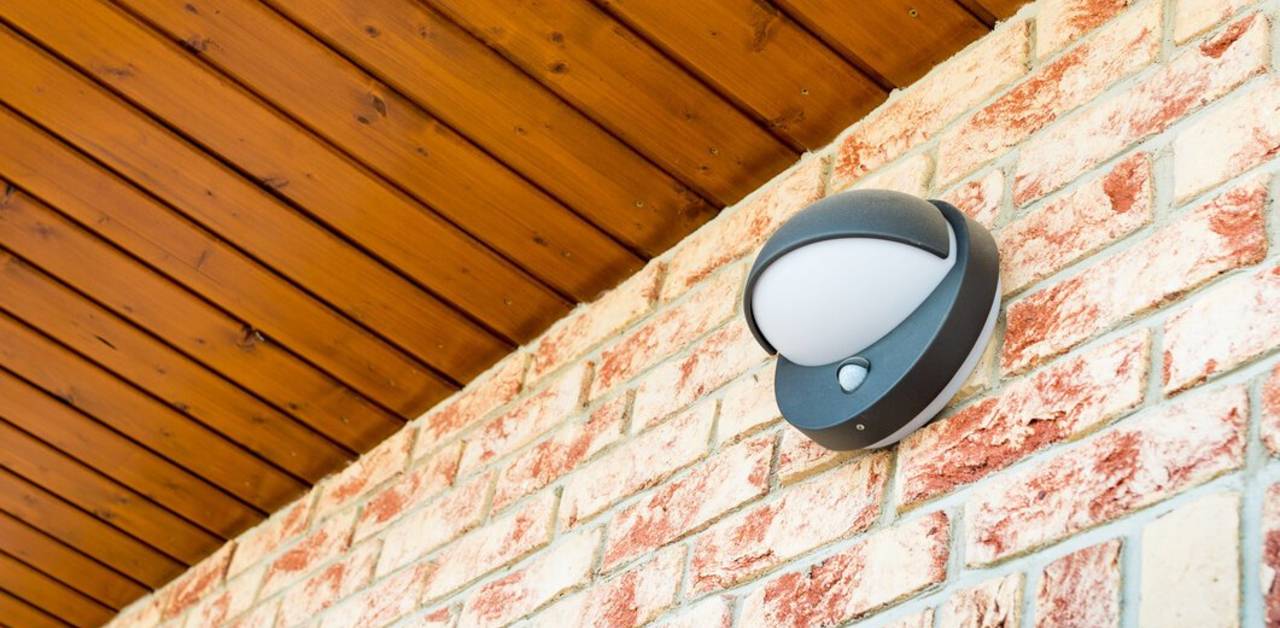
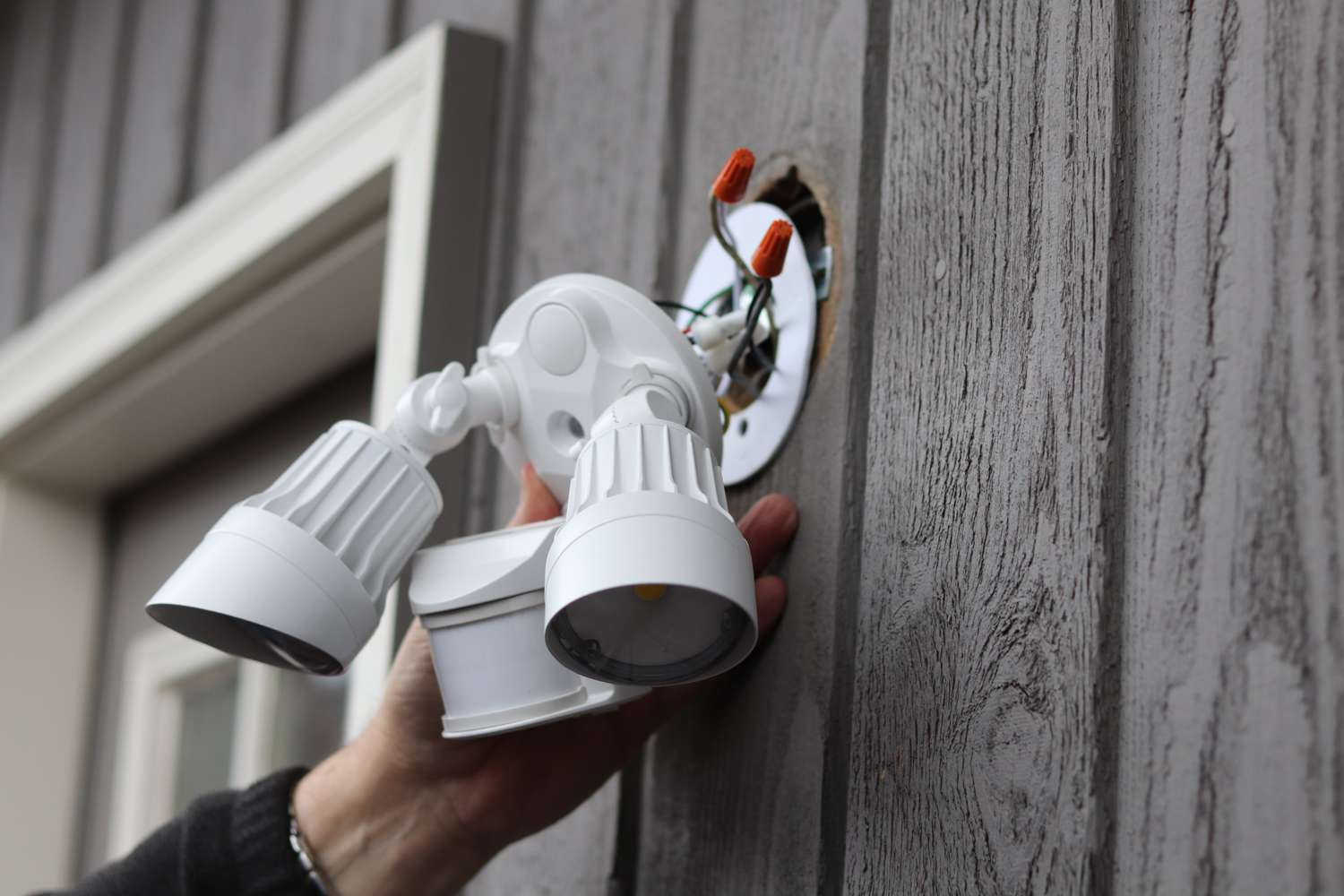
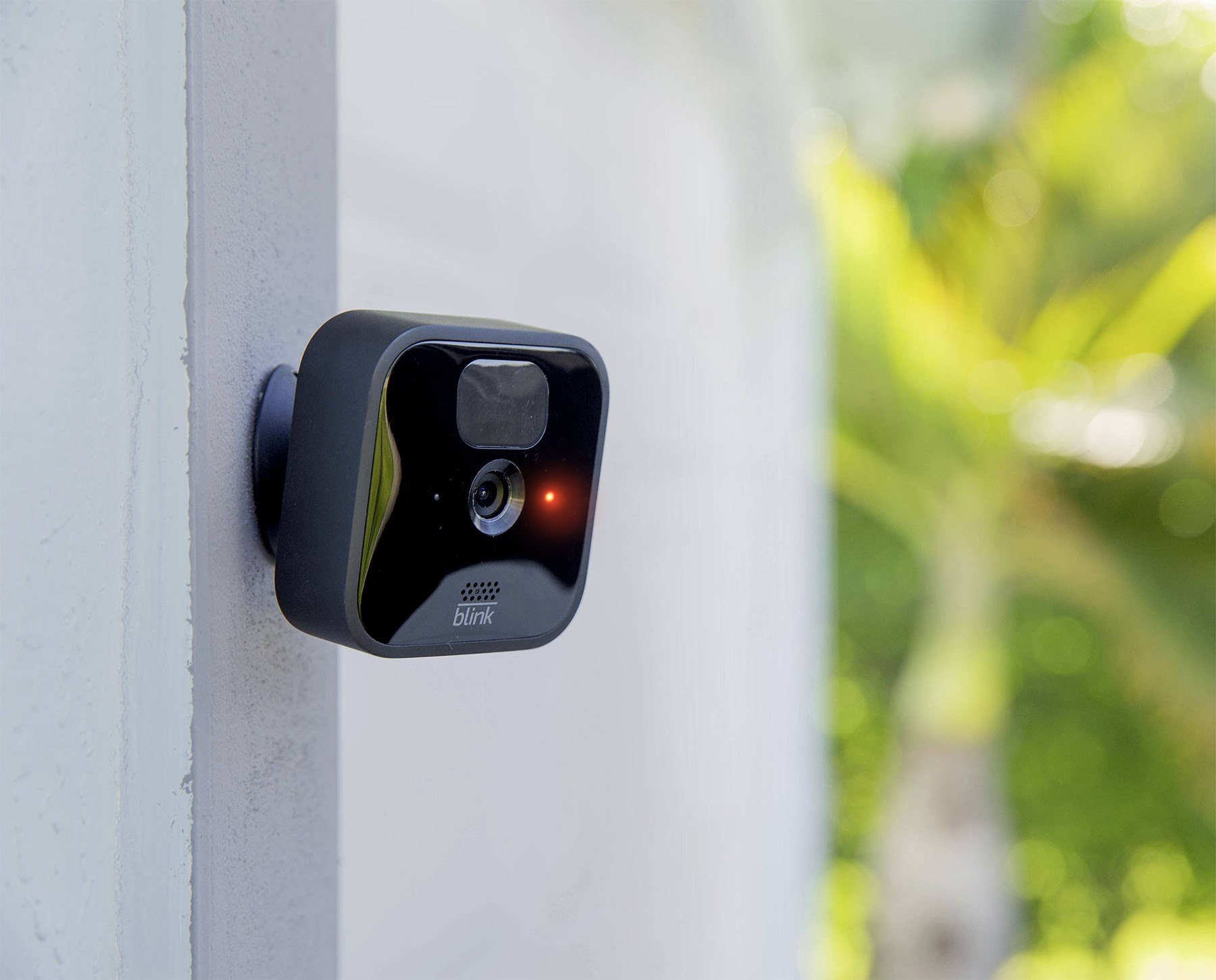
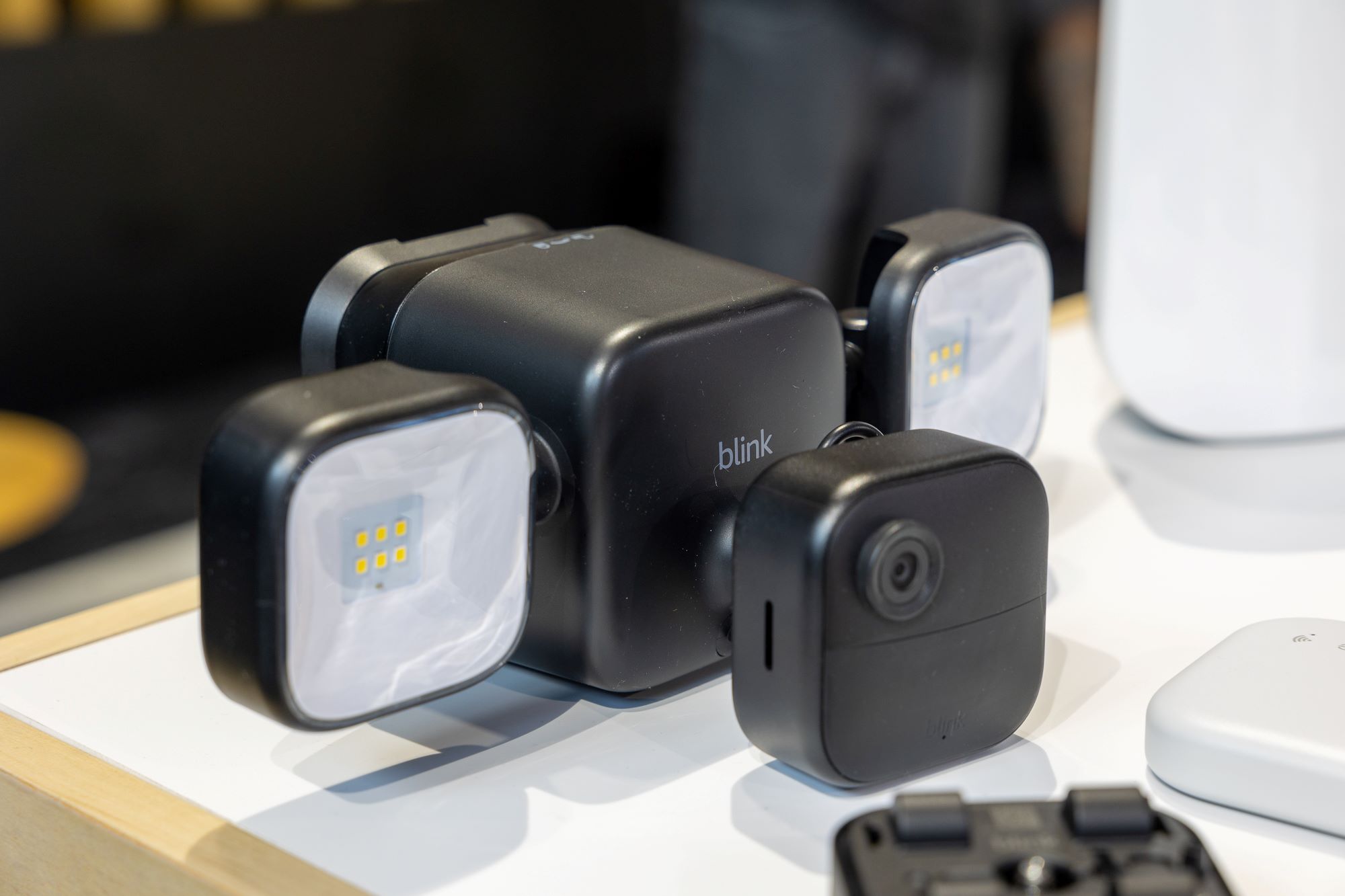
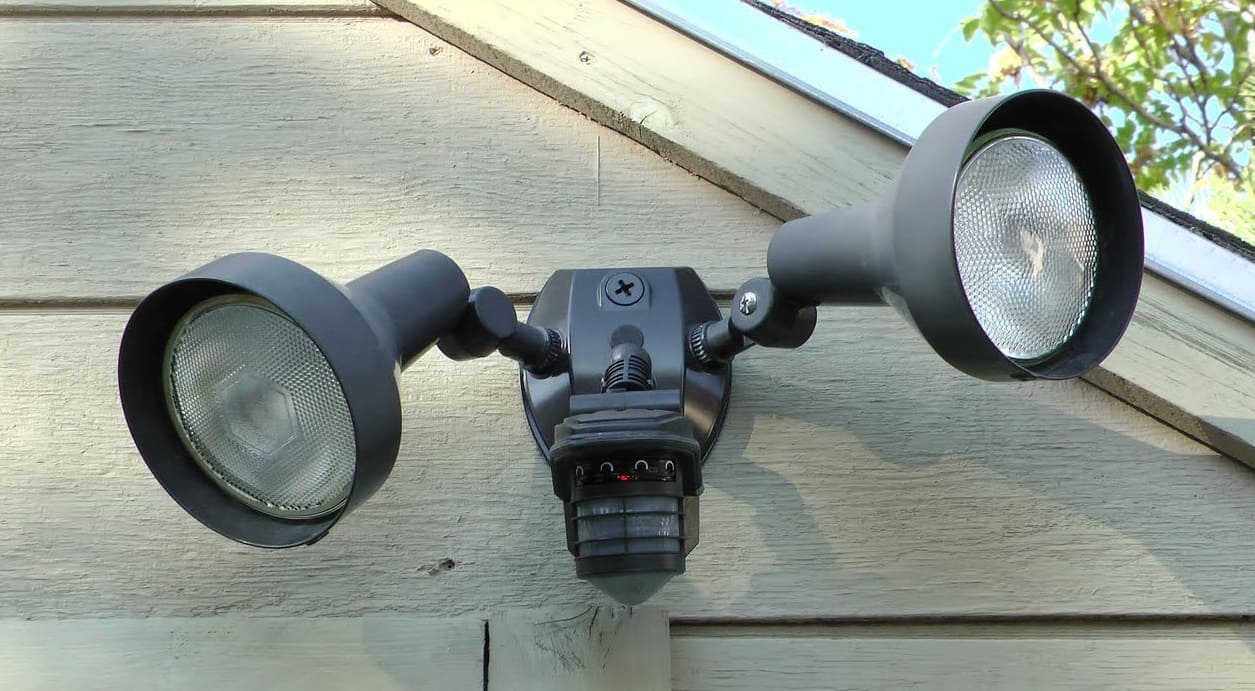


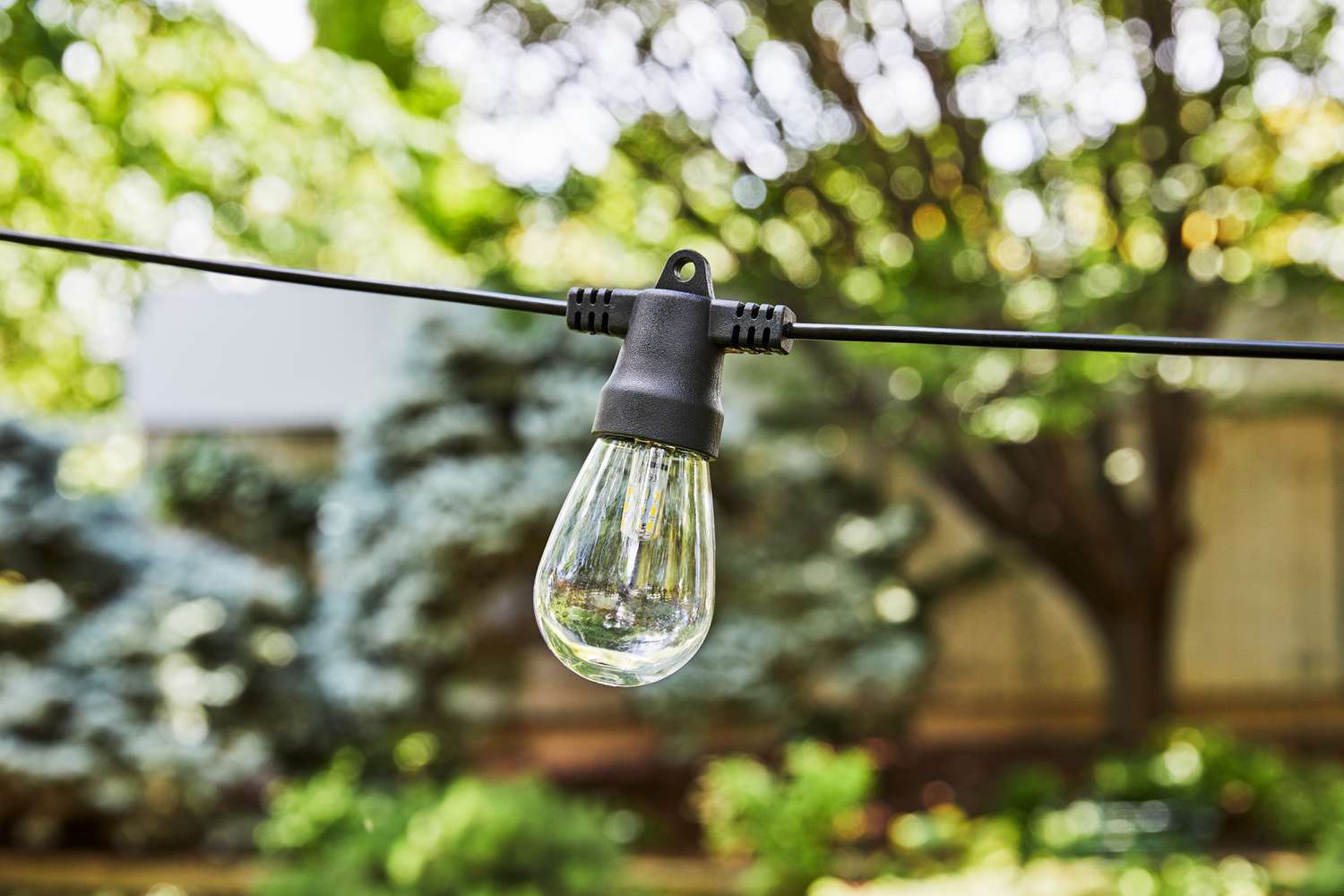
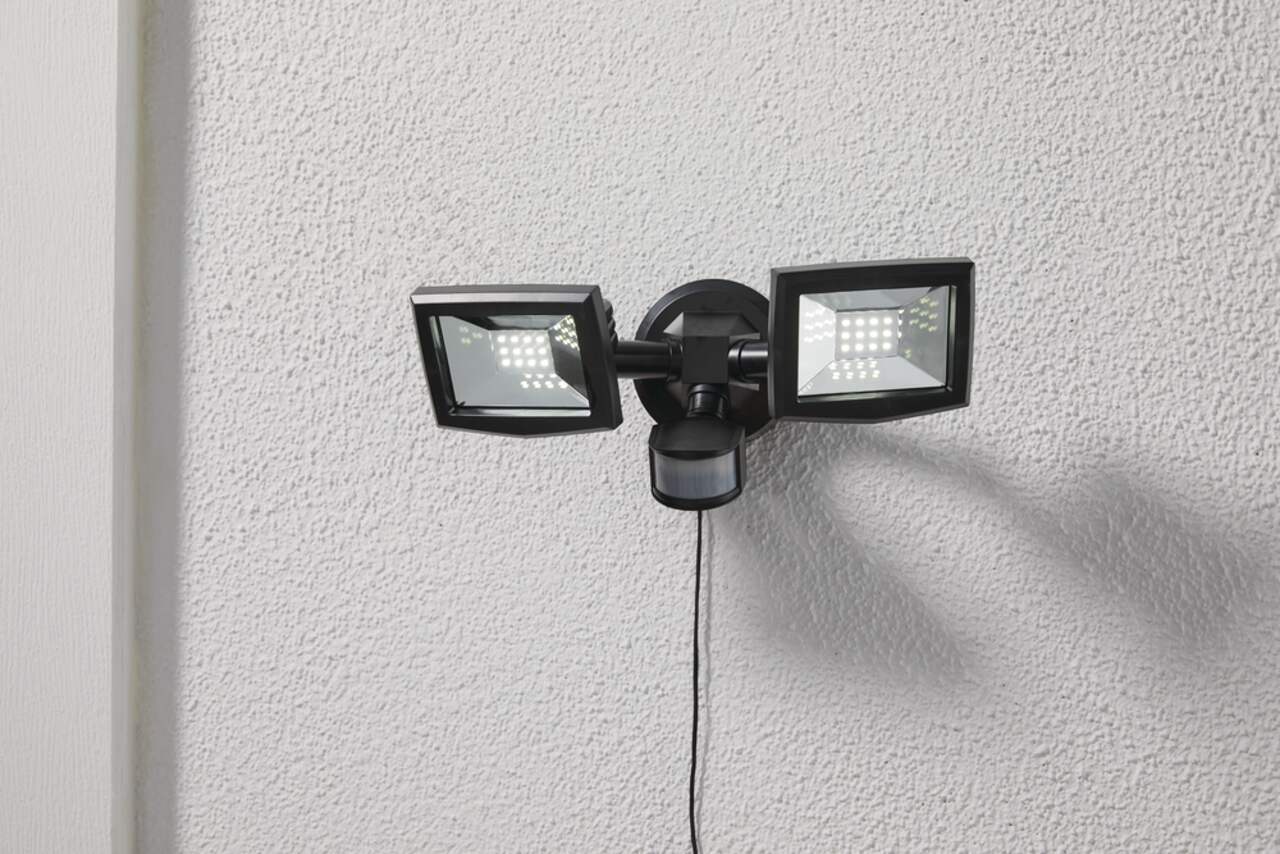
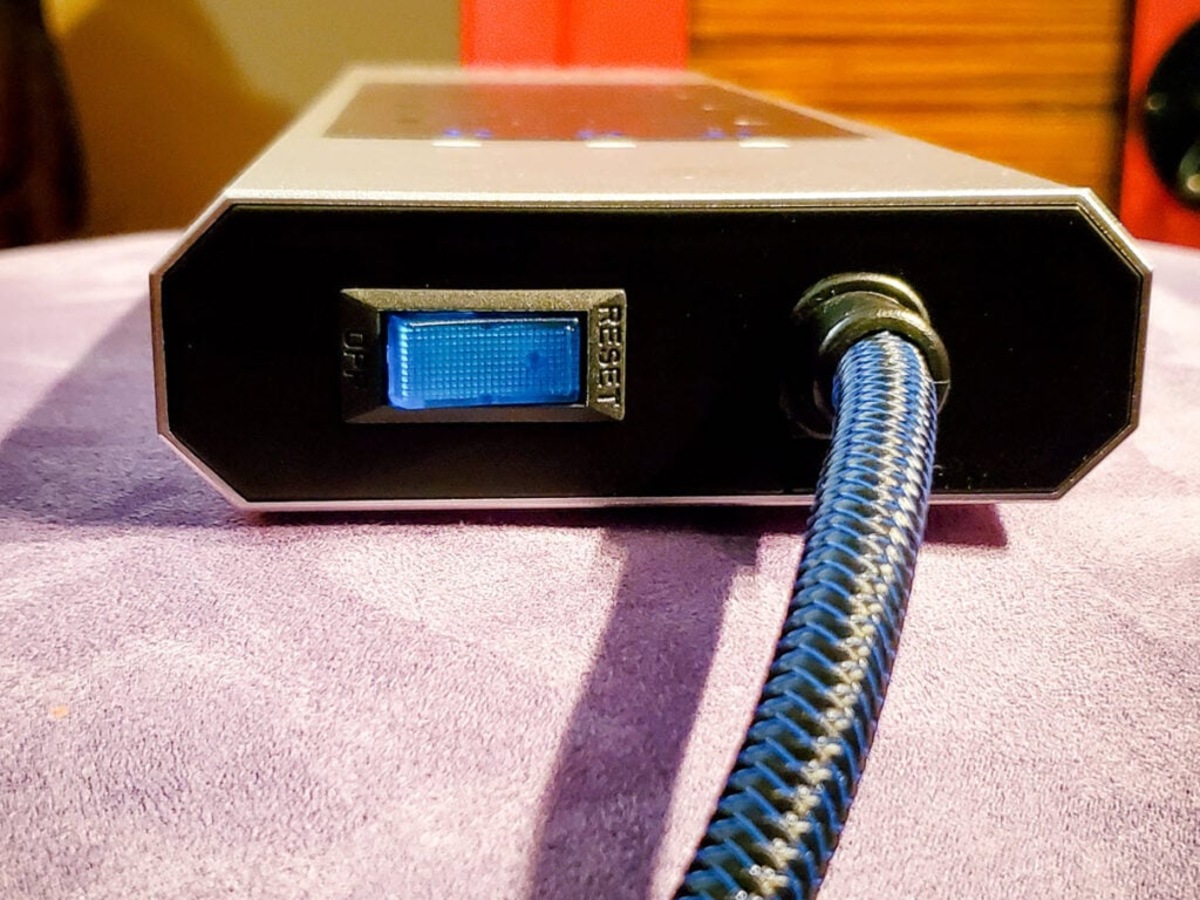

0 thoughts on “Why Is My Outdoor Sensor Light Blinking”